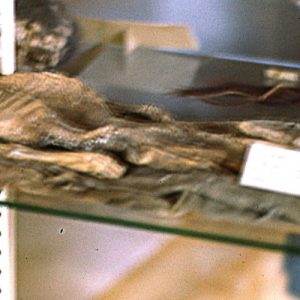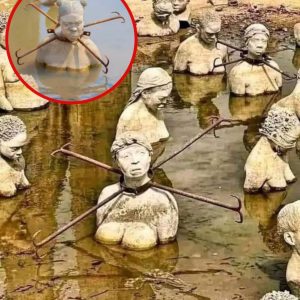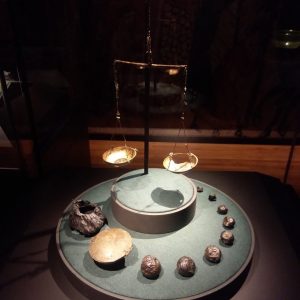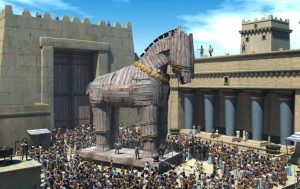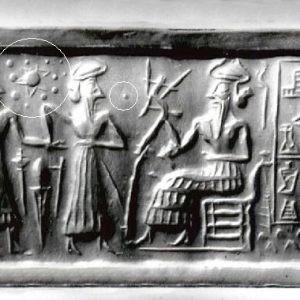An Egyptian archaeological mission discovered a sphinx statue inside a Roman-era limestone cabin excavated in Egypt’s south.
The artifacts were found in the temple of Dendera in Qena Province, 280 miles (450 kilometers) south of the capital of Cairo, the Antiquities Ministry said Monday in a statement.
According to the ministry, archaeologists think the statue’s smiling features may be those of the Roman emperor Claudius, who expanded the empire’s dominance into North Africa between 41 and 54 A.D.
The mission, led by Dr. Mamdouh El Damaty, a former antiquities minister and archaeology professor at Cairo’s Ain Shams University, was working east of Dendera Temple in the southern province of Qena.
A large water basin made of red brick and mortar was discovered inside the two-story cabin. The sphinx statue was found inside the basin.
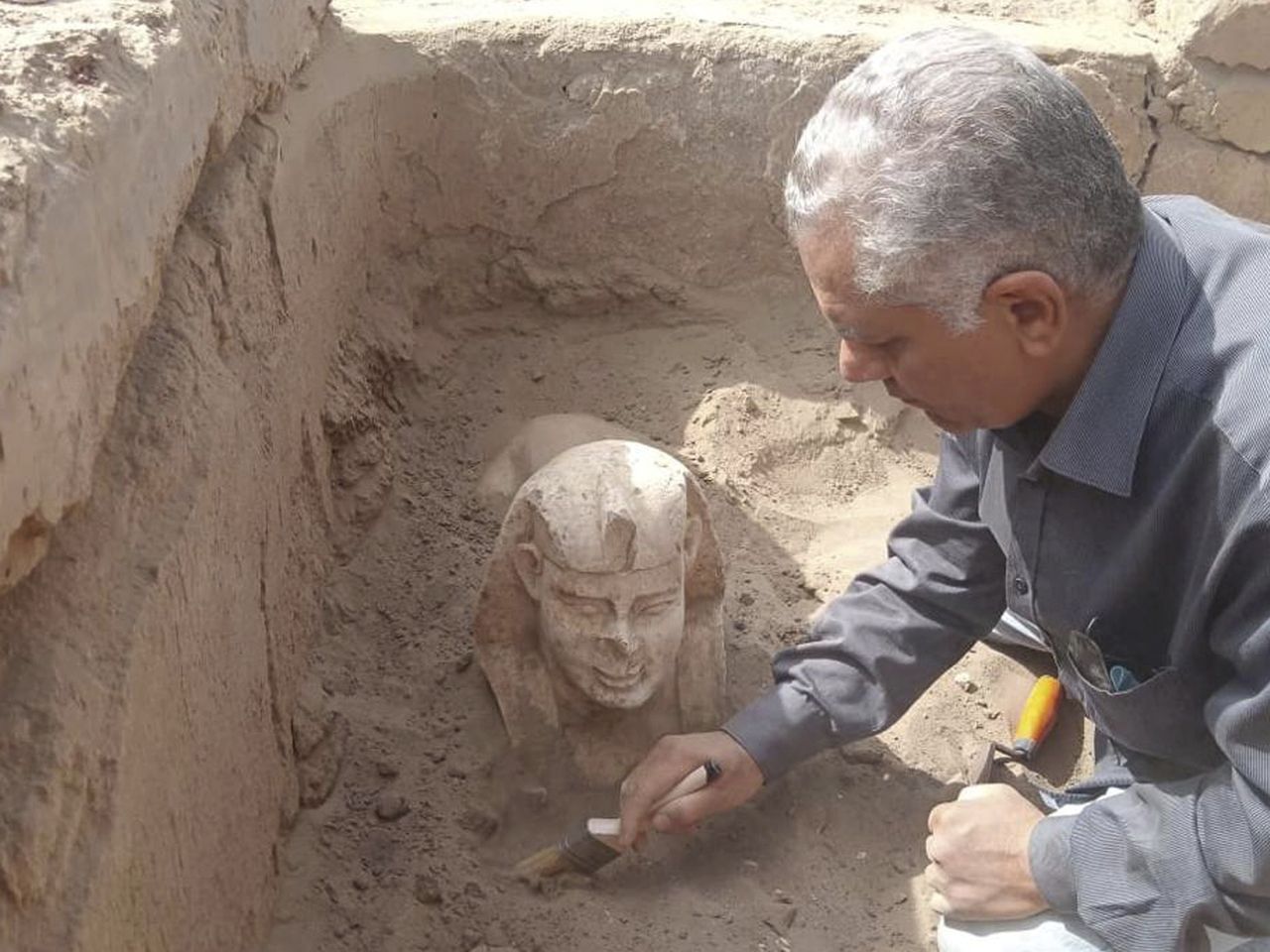
The ancient Egyptian Nemes, a striped-cloth headdress worn by pharaohs under their crowns in ancient Egypt, is depicted as a stone covering for the sphinx’s head. A flared cobra is sculpted above the sphinx’s brow, as was the custom when for royal statues.
The statue is much smaller than the towering, well-known Sphinx in the Pyramids of Giza complex, which is 66 feet (20 meters) high.
“The statue is really beautiful, its face is characterized by royal features that are depicted quite precisely,” Dr El Damaty said. “The traces of a smile can be seen on the edges of its mouth, which has a dimple on either side. There are traces of yellow and red in the face.”

A tablet dating back to Roman rule in Egypt was also discovered alongside the sphinx. It is inscribed with hieroglyphs and demotic, an ancient Egyptian script.
The archaeologist mission plans to continue its work in Dendera, where a small temple dedicated to Isis is thought to have been built by Nero, the Roman emperor who preceded Claudius.
Archaeologists believe an underground path connects the Isis temple to another temple on the complex’s eastern side dedicated to the ancient Egyptian god Horus.
